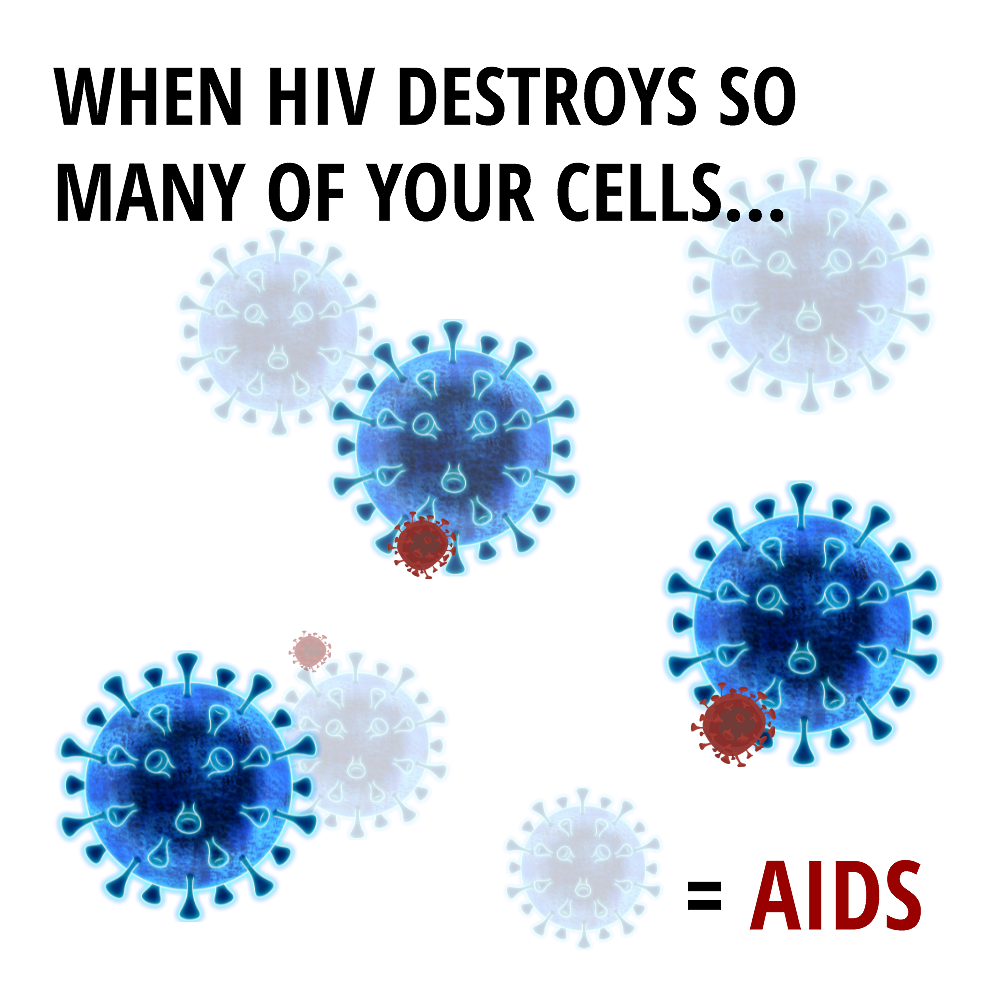Understanding the Disease
What is HIV?
HIV, or human immunodeficiency virus, is a retrovirus responsible for causing AIDS. Once it gets into the body, HIV specifically targets certain cells of the immune system. These cells are the body’s defense to look out for and fight off infections. But HIV uses the energy and nutrients from these cells to grow and reproduce, weakening the immune system over time. Without healthy cells building a strong defense, the body becomes vulnerable to many infections and illnesses. That’s why understanding and managing HIV is so important for protecting your health.
What is AIDS?
AIDS stands for acquired immunodeficiency syndrome. It’s a serious condition where the body’s immune system breaks down and can’t fend off infections. These infections, known as “opportunistic infections,” and other illnesses take advantage of a weakened immune system.
When someone is infected with HIV, the virus enters their body and targets white blood cells, which are key to fighting off diseases. The hallmark of HIV infection is the gradual loss of a specific type of immune cell called T-helper, or CD4, cells. As HIV multiplies, it damages or kills these cells and others, weakening the immune system. This leaves the person vulnerable to various infections and illnesses, from pneumonia to cancer.
According to the U.S. Centers for Disease Control and Prevention (CDC), a person is diagnosed with AIDS if they test positive for HIV and meet one or both of these criteria:
- They have one or more AIDS-related infections or illnesses.
- Their CD4 count, also known as the T-cell count, falls to 200 cells per cubic millimeter of blood or lower.*
*For comparison, a healthy individual’s CD4 count ranges from 450 to 1200.




